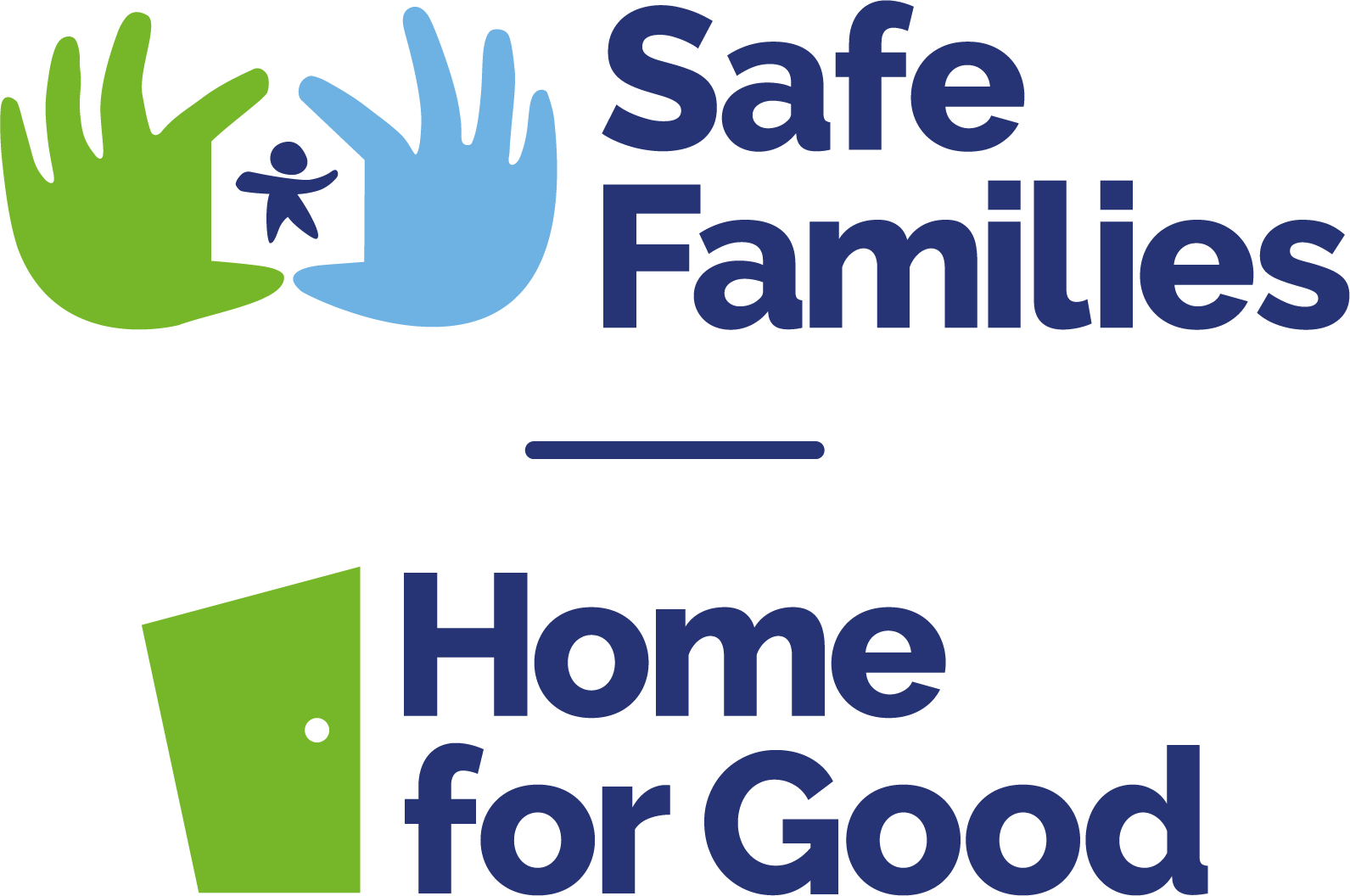



At Home for Good we are committed to finding a home for every child who needs one through adoption, fostering or supported lodgings. Alongside working ‘bottom-up’ to find homes and mobilising support to wrap around carers, we also work ‘top-down’ to help find solutions to the complex challenges the sector faces. Digging deeper into these figures helps us to be more effective. Whether in unpacking the geographical nuances in the data, highlighting racial disparity in the system, or identifying barriers that hinder progress, the numbers matter.
It is of paramount importance we remember that these figures tell stories – thousands of stories – of children waiting too long for the stability, care and love they need. They are not data points or lines on a spreadsheet, but precious children who need loving homes where they can thrive. Everyone has a part they can play. We work with policymakers and politicians, local authorities and agencies, volunteers, churches, individuals and families and we won’t stop. Together we can find a home for every child who needs one.
This year in the UK around 39,053 children and young people will enter the care system.1 That is 107 children every day.
There are around 104,577 children in the UK who are looked after away from home.2
Wales has the highest rate of looked after children away from home in the UK at 116 per 10,000 of the under 18 population. Scotland has a slightly lower rate at 97 per 10,000 while the rates in Northern Ireland and England are much lower at 92 per 10,000 and 70 per 10,000 respectively.369,877 children live with over 52,300 fostering households across the UK. (4) In 2023, there were 2210 children waiting for adoption in England and 237 children waiting for adoption in Wales. (5)
Read Katie’s fostering story here. Read Victoria’s adoption story here.Black children are disproportionately represented in our care system. While Black children make up 5% of the general population, they make up 7% of the looked after children population. (6) Black children are then less likely to go on to be adopted and wait longer to find their adoptive family. (7) When other factors are held constant, Black children spend on average 5-8 months longer in the adoption process before moving in with their adoptive family. (8)
More on racial disparity.Children in care are predominantly older with 38% aged 10-15 years and 26% aged 16 years and over. (9)
Read our 'Voices of Supported Lodgings' report Read Dave’s caring for teenagers story here.(Reference information is available here.)
Are you using our statistics? Get in touch: [email protected]
Orphanages
For more information on how to support vulnerable children overseas, please visit our Homecoming project website.
Unaccompanied asylum-seeking children (UASC)
I would like to find out what is
going on in my area